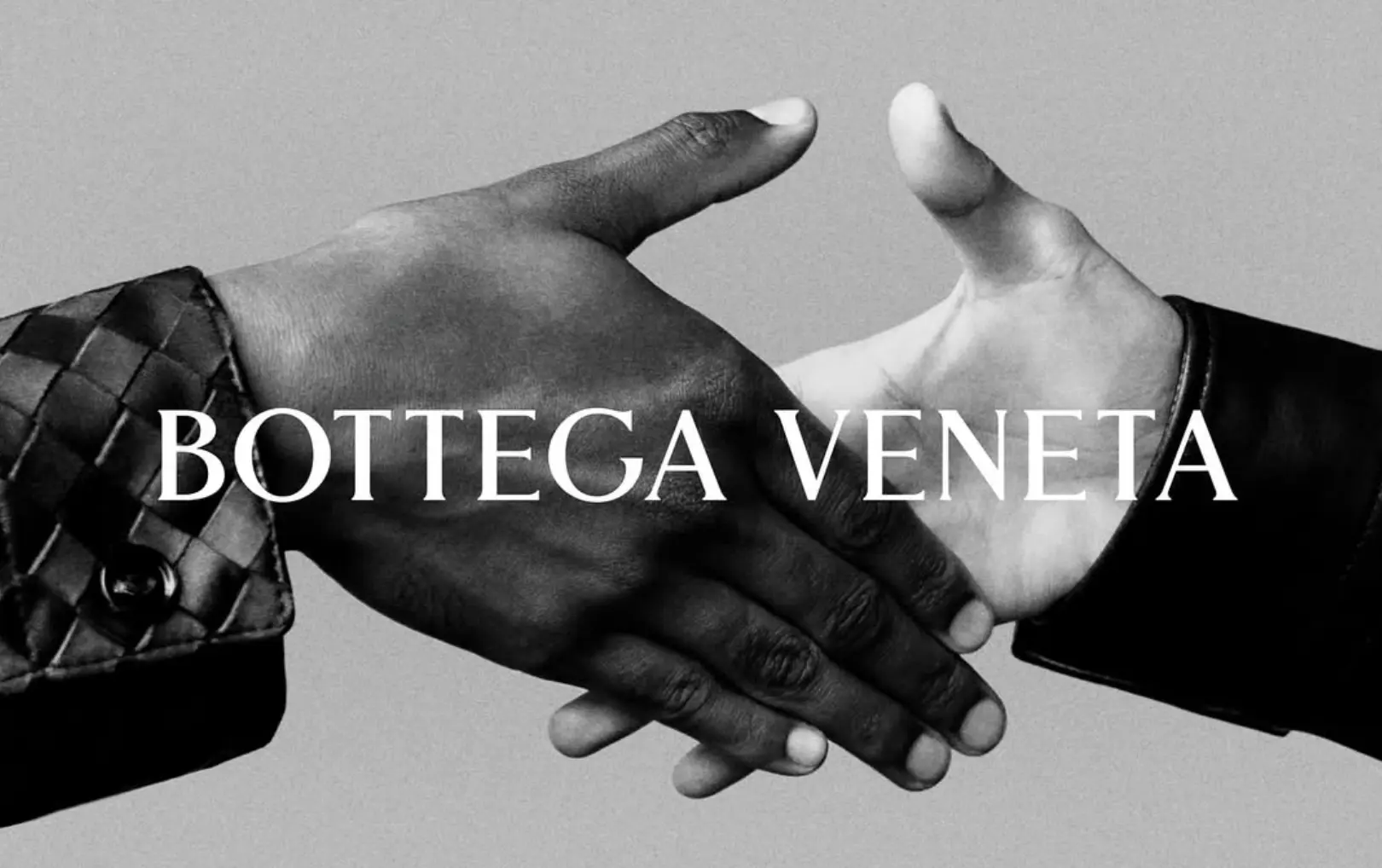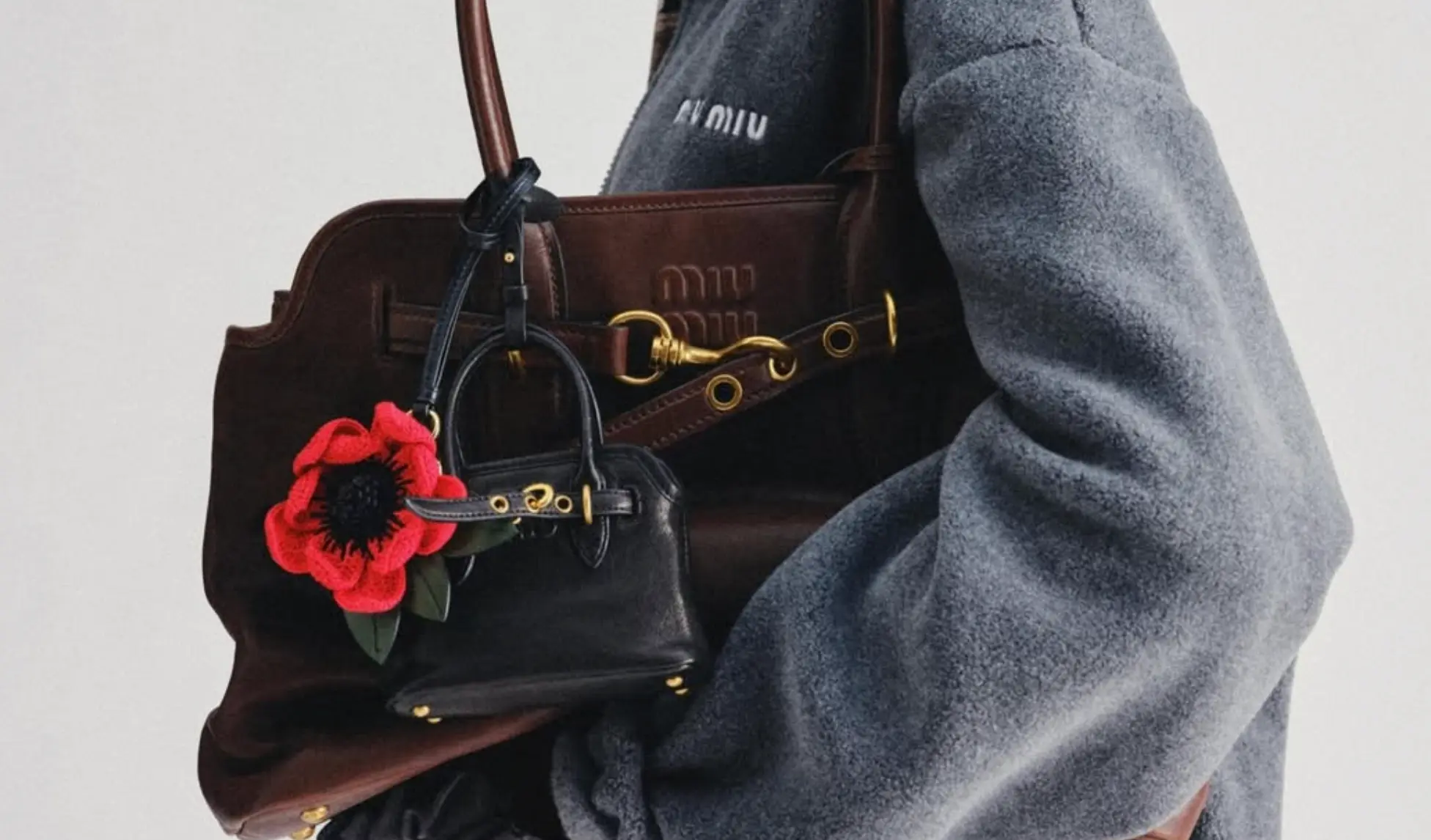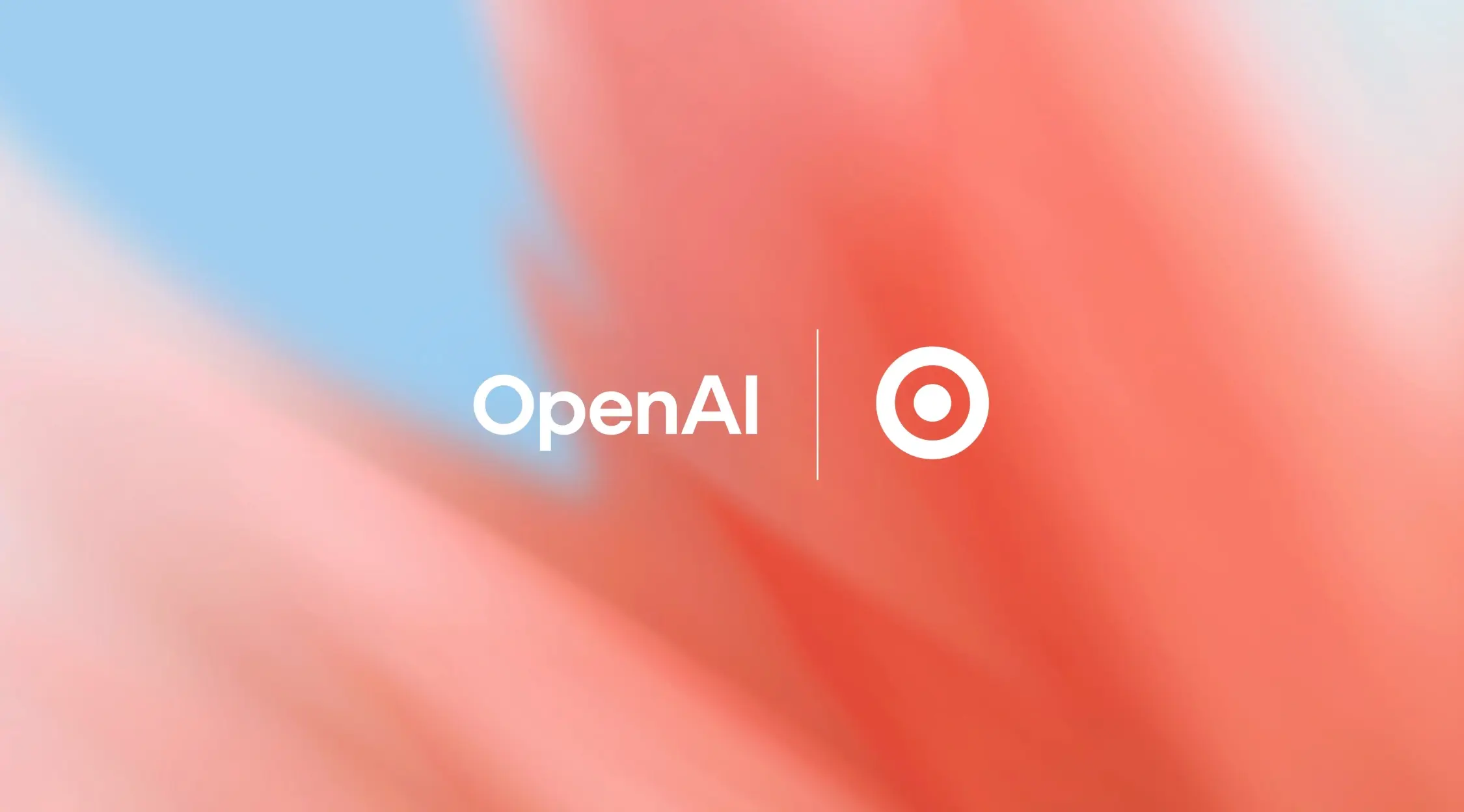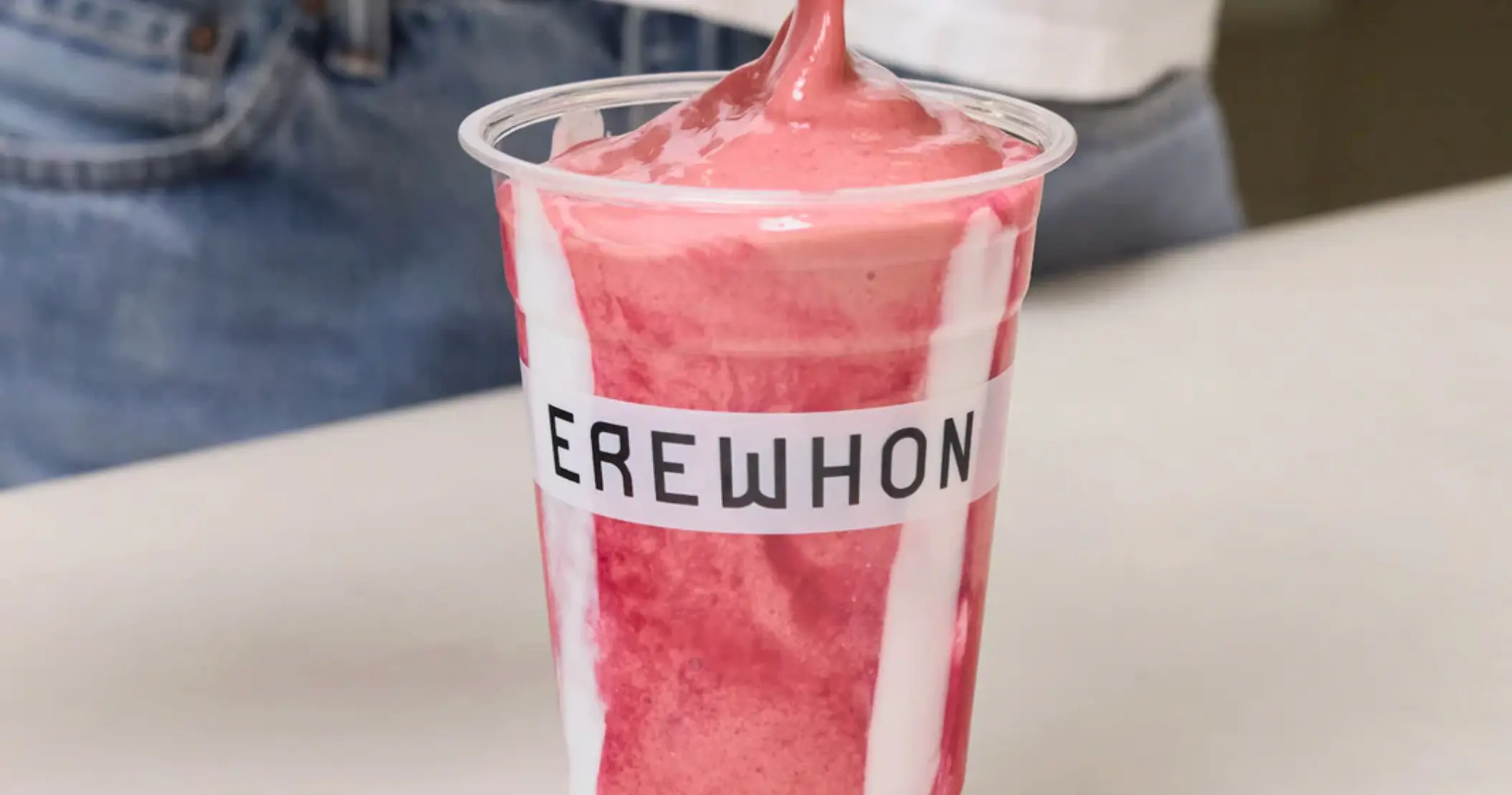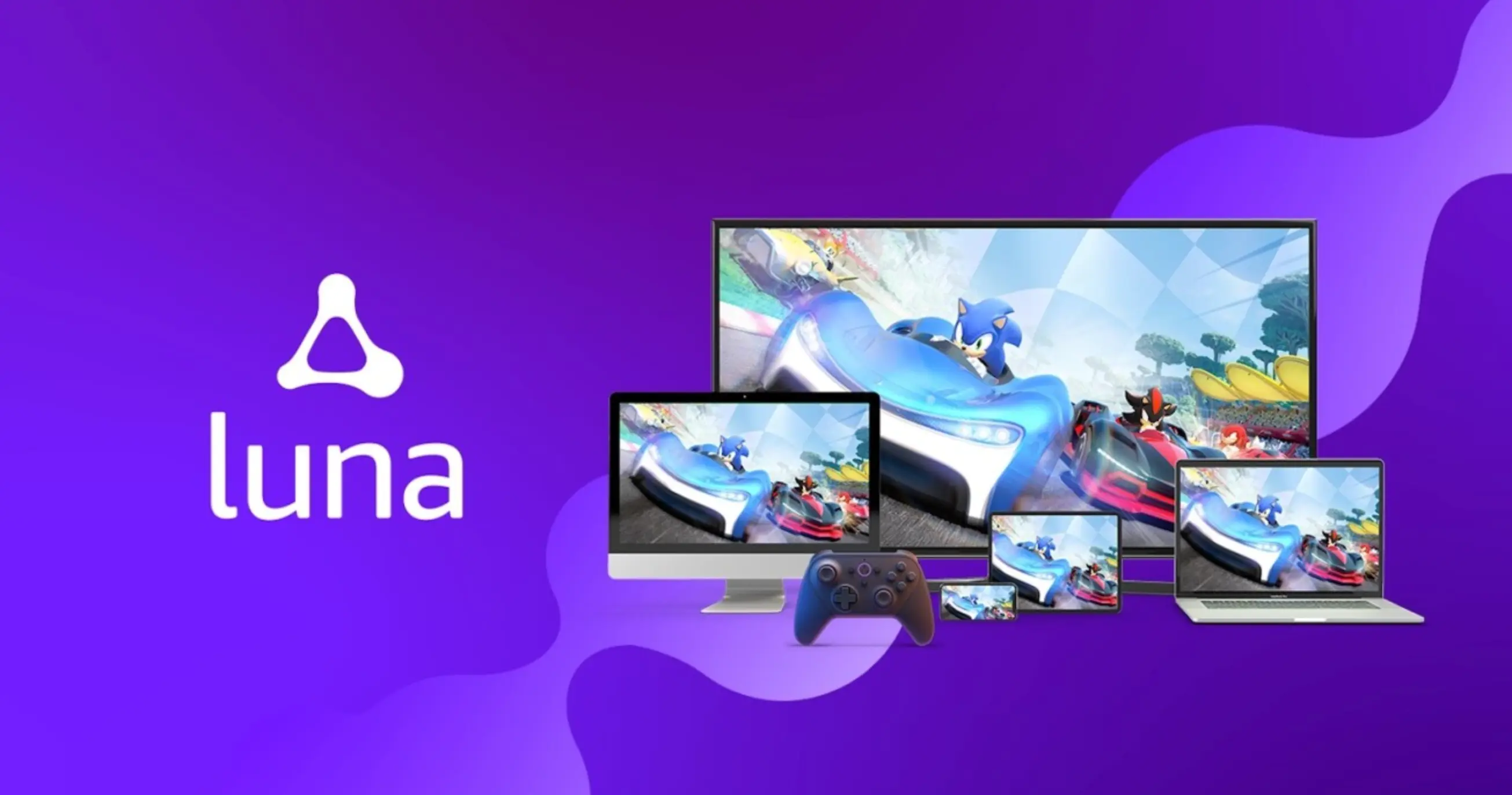The Most Expensive Rebrands of 2025
Updated on
Published on
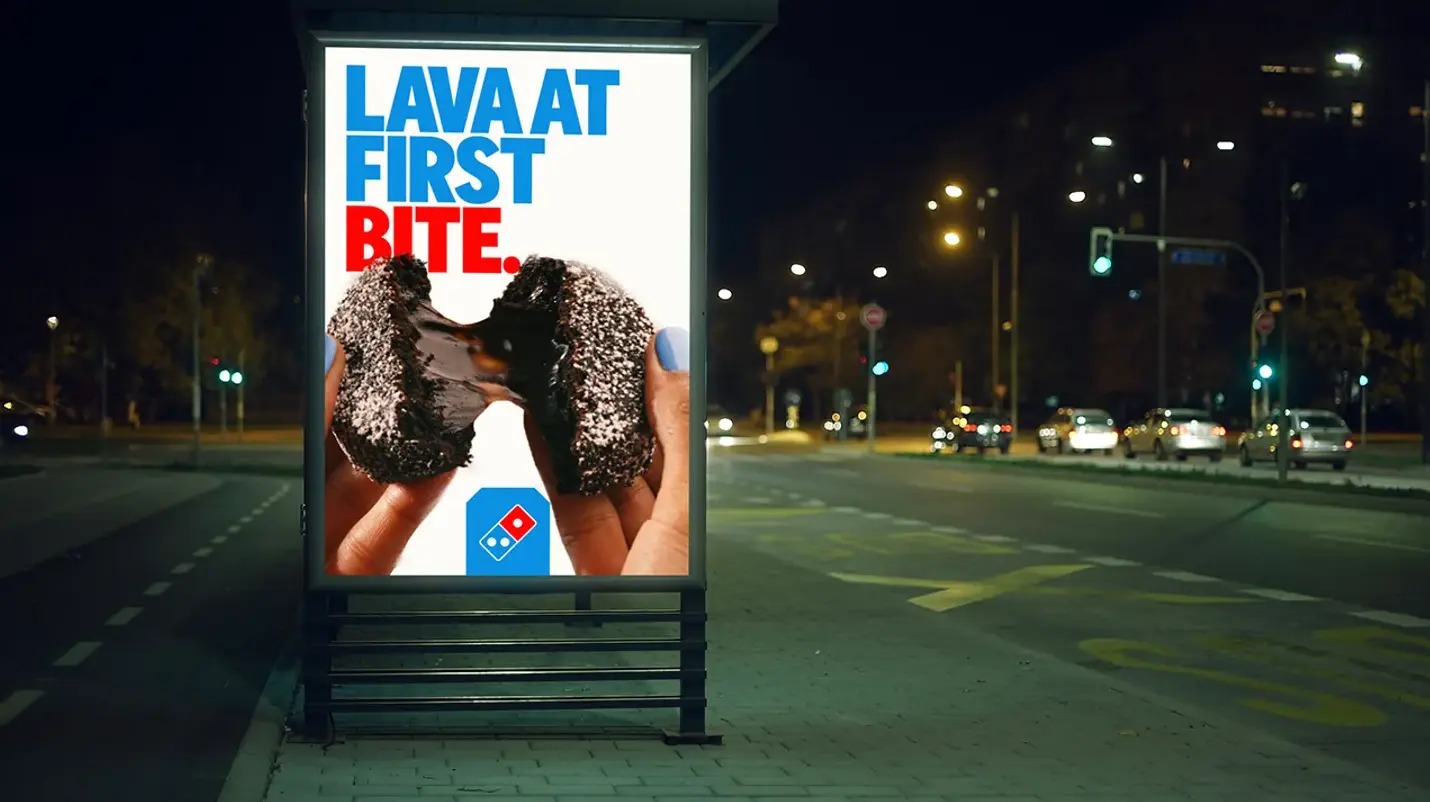
A true big-ticket rebrand is easy to spot: it touches everything. The most expensive rebrands of 2025 involved nationwide or global packaging changes, store signage, uniforms, fleet liveries, and synchronized campaigns—moves that dwarf simple identity refreshes. Below, we highlight expensive rebrands in 2025 that showed scale and complexity at enterprise level, answering which brands that invested in a rebrand in 2025 actually moved the market.
At a glance
- Large-scale packaging changes (fast-moving consumer goods) and multi-site signage programs (QSR, retail) drove the highest spend profiles.
- Enterprise renames with ticker changes and IR migrations also ranked among the most complex undertakings.
- Each entry below uses a single, authoritative source you can click to verify.
The data behind the picks
- We prioritised rebrands with visible operational scope (packaging, signage, uniforms, digital ecosystems) over cosmetic updates.
- Since costs aren’t publicly disclosed — we used scope proxies (global rollout, SKU breadth, number of locations) to qualify “expensive.”
- One source per section keeps verification simple and clean.
- We suggest you reference our guide on the most expensive marketing campaigns in 2025 to see what other companies invested lots of money into their company.
Lay’s: global packaging and identity overhaul
Lay’s announced the largest redesign in its near-century history, pairing a refreshed identity with ingredient changes and a global packaging update—an undertaking that touches countless SKUs, suppliers, and shelves. A fast-moving consumer brand at this scale is textbook “expensive,” given artwork swaps, print tooling, retail resets, and media to explain the shift (Fast Company).
- Scope signals: global packaging update, identity refresh, ingredient communications.
- Why it’s here: scale across markets and formats drives outsized rebrand spend.

Domino’s: first full look update in 13 years
Domino’s revealed its first full rebrand since 2012—new packaging systems, employee apparel, a refreshed visual language, and a campaign anchored by a new jingle. QSR identity resets are capital-intensive because they ripple through boxes, uniforms, in-store materials, delivery assets, and national advertising at once (CNN).
- Scope signals: packaging rollouts, apparel, nationwide campaign.
- Why it’s here: multi-touchpoint execution across 20k+ locations is costly.
Cracker Barrel: rebrand rollout, backlash, and reversal
Cracker Barrel’s 2025 makeover—unveiled with a new logo—quickly became one of the year’s most talked-about identity stories, culminating in a public decision to revert. Even with a reversal, exploratory design, initial production, and communications carry real costs; add the operational churn of pausing and unwinding elements already in motion (Associated Press; brand statement: Cracker Barrel).
- Scope signals: system-wide identity update and subsequent rollback.
- Why it’s here: national chain, high signage and packaging footprint—even partial execution is expensive.

Long John Silver’s: identity shift to “CHICKEN + SEAFOOD”
Long John Silver’s replaced its fish icon with a stylised chicken and introduced a new lock-up signalling a portfolio pivot. Beyond design, the brand announced rollout across digital, in-store touchpoints, and even NASCAR vehicle livery—indicators of meaningful spend across owned and sponsored assets (PR Newswire).
- Scope signals: logo system change, in-store/digital updates, motorsport livery.
- Why it’s here: multi-channel deployment and category repositioning.
Acuren → TIC Solutions: corporate rename and market identity
Acuren’s corporate rebrand to TIC Solutions accompanies public-company moves (NYSE ticker change, investor communications, governance docs) and large-scale organisational integration across 11,000+ employees and 250+ locations—precisely the kind of enterprise exercise that commands seven- or eight-figure programme budgets (Acuren IR).
- Scope signals: rename, ticker transition, multi-site operational change.
- Why it’s here: enterprise complexity and compliance-grade communications.

Dropbox: refreshed brand system and public guidelines
Dropbox expanded its brand ecosystem in 2025 with a new, interactive guidelines experience and updated assets that flow into product, marketing, and partner environments. While not a wholesale rename, aligning identity across a global SaaS footprint and partner network remains a significant investment in design ops, tooling, and governance (Dropbox Brand).
- Scope signals: system-wide guidelines, component libraries, partner enablement.
- Why it’s here: global SaaS rollouts translate to substantial internal spend.
Colgate-Palmolive: refreshed corporate brand identity
Colgate-Palmolive introduced a modernized corporate logo and brand system for 2025, using a brighter blue and an updated “CP” ligature that forms a smile to align with the company’s “Make More Smiles” purpose. While consumer packaging updates will phase in over time, the refresh immediately touches corporate communications, investor materials, and global digital properties—signals of a high-scope rollout across a complex portfolio. (Colgate-Palmolive)
- Scope signals: new corporate logo, refreshed visual system, global digital and corporate collateral updates.
- Why it’s here: multinational portfolio and enterprise touchpoints make this a substantial 2025 rebrand investment.
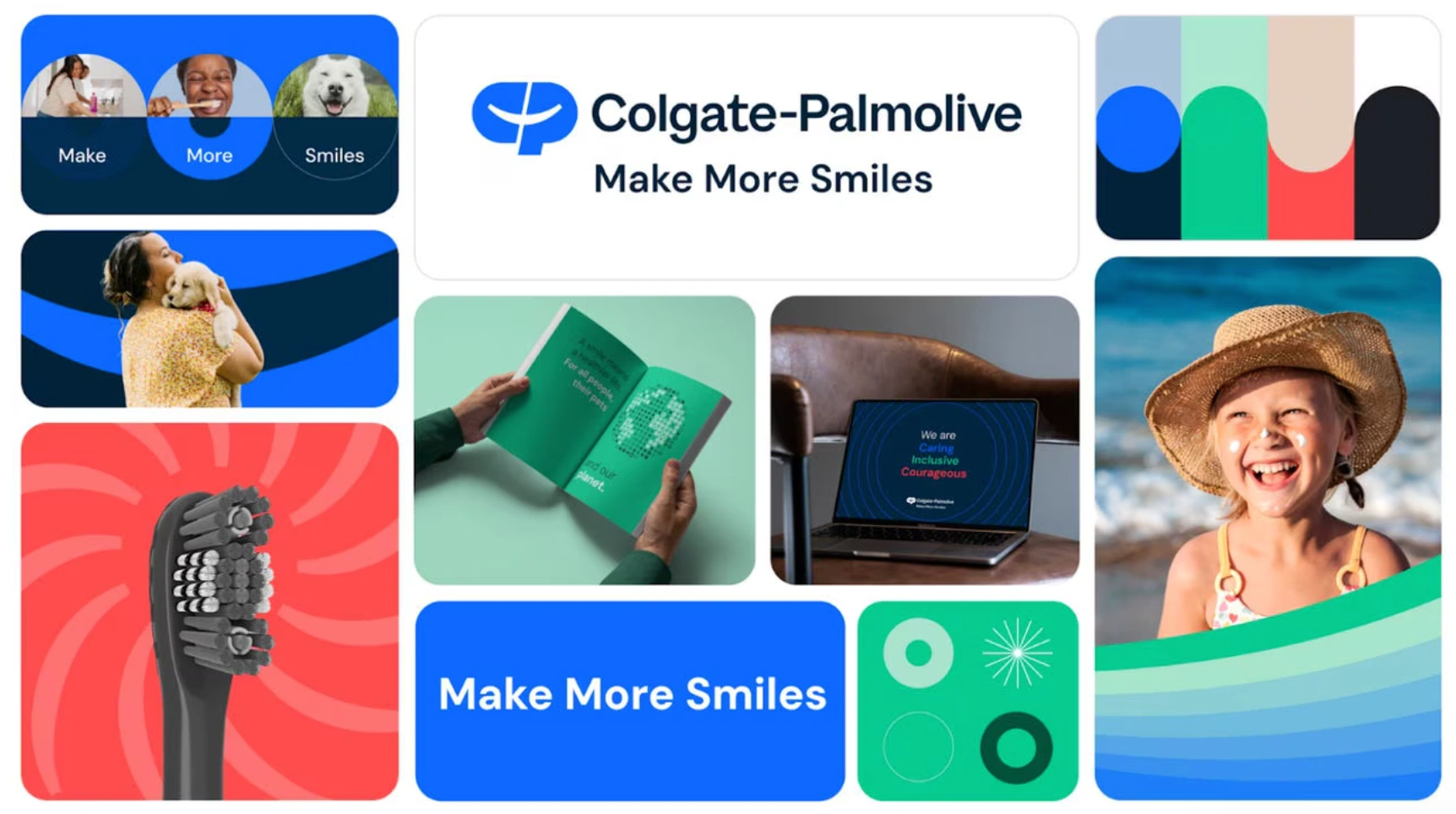
FAQ
Why focus on scope instead of hard dollar amounts?
Most companies don’t disclose rebrand budgets. The most expensive rebrands of 2025 are identifiable by scope signals—global packaging changes, system-wide signage, enterprise renames—because those are the primary cost drivers.
What makes a QSR rebrand especially pricey?
Thousands of locations mean boxes, menus, uniforms, store kits, and fleet assets change together. That synchronized rollout is what elevates expensive rebrands in 2025.
Do reversals still count as “expensive”?
Yes. Design work, pilot production, training, and communications consume budget whether or not the final system stays. Reversals can add change-management costs.
Which brands that invested in a rebrand in 2025 had the widest consumer reach?
Lay’s and Domino’s touched the most day-to-day consumers via packaging and on-premise assets; enterprise renames like Acuren’s were broader internally but less visible to the public.
What’s the common thread across these overhauls?
High-scope deployment: packaging lines, digital ecosystems, signage, and media running in parallel—hallmarks of the most expensive rebrands of 2025.
The 2025 rebrand takeaway
Across sectors, the most expensive rebrands of 2025 were defined by scale: packaging lines swapped worldwide, multi-site signage kits deployed in waves, and product, partner, and investor ecosystems updated in lockstep. Seen together, the brands that invested in a rebrand in 2025 treated identity as an enterprise program, not a design exercise, anchoring new visuals to business moves like portfolio shifts, marketplace repositioning, and corporate renames. That combination of scope and strategy is why these rollouts sit atop any credible list of the most expensive rebrands of 2025.

